WPC Sheets vs Plywood: Which One Should You Choose for Interiors?
indowud2025-07-23T12:44:14+00:00Picture this: you’re finally redoing your kitchen, or perhaps building that dream wardrobe you’ve been saving for. Your carpenter says, “We can go with plywood or try these new WPC sheets.” You nod, pretending you know the difference—but deep down, you’re wondering:
“Wait… what are WPC sheets? And are they better than plywood?”
You’re not alone. Most homeowners find themselves stuck at this exact fork in the road. So let’s unpack this, human to human, and help you make a smart, stress-free decision.
Plywood: The Old Reliable — But With Baggage
Let’s start with what most people already know.
Plywood has been around forever. It’s made by gluing thin layers of wood veneer together, creating a sheet that’s strong and relatively affordable.
✅ Why People Love It:
- Easy to work with
- Readily available
- Comes in many grades and thicknesses
- Trusted by carpenters and contractors
❌ But There’s a Catch:
- Prone to moisture damage (hello, swollen cabinets)
- Not termite-proof
- Requires regular maintenance and polishing
- Quality varies wildly—there’s a lot of cheap, fake “marine plywood” out there
So yes, plywood works—but it has its limitations, especially in Indian kitchens and bathrooms, where moisture is a daily reality.
WPC Sheets: The Modern Contender
Enter WPC sheets, or Wood Plastic Composite sheets. These are engineered boards made by combining wood fibers and thermoplastics, pressed into a durable, uniform sheet.
And here’s the best part: WPC doesn’t warp, swell, or rot like plywood does.
What Makes WPC Sheets Shine:
- waterproof and termite resistant
- Doesn’t need laminates or additional finishing
- Comes in consistent sizes and densities
Feature | Plywood | WPC Sheets |
Moisture Resistance | Low | High |
Termite-Proof | No | Yes |
Maintenance | High | Low |
Life Span | 5–10 years avg. | 15–30 years |
Eco-Friendly? | Depends on grade | Depends on brand |
Cost | ₹60–₹120/sqft | ₹80–₹150/sqft |
Indowud NFC Stands Apart from Regular WPC Sheets
Let’s talk about Indowud NFC—a next-gen building material that has taken the Indian interiors market by storm.
Now you might ask, “Wait, isn’t that just another WPC?”
Not quite.
NFC = Natural Fibre Composite (Not Wood Dust)
Indowud NFC replaces wood flour with natural agricultural fibers—think rice husk, hemp, and other renewable, non-wood sources. That means:
- No deforestation
- No VOCs (Volatile Organic Compounds)
It’s not just eco-friendly; it’s next-level sustainable.
Why Indowud Is Better Than Typical WPC Sheets
Let’s go a step further. Here’s how Indowud NFC is superior to the standard WPC you’ll find in most markets:
In other words, Indowud NFC is not just a product—it’s a philosophy. A commitment to eco-conscious, ethical, and performance-driven materials.
Still Unsure? Ask Yourself These 3 Questions:
- Do you want to worry about water damage or termites later?
If not, Indowud nfc is smarter than WPC - Do you care about sustainability and forest conservation?
If yes, Indowud NFC is your go-to. - Do you want interiors that last 5 years or 25 years?
That one answers itself, doesn’t it?
Final Thoughts: Choose for the Long Run
When it comes to interiors, it’s tempting to cut corners to save a few rupees. But your home deserves better—and so do you.
While plywood has earned its place, it simply can’t keep up with modern needs. WPC sheets offer a solid upgrade, and Indowud NFC takes it even further by adding sustainability, ethics, and high-end performance to the mix.
So next time you hear “WPC,” don’t just ask about the price—ask about the brand. Ask if it’s Indowud.
Because what you’re really investing in isn’t just a board. It’s peace of mind for years to com

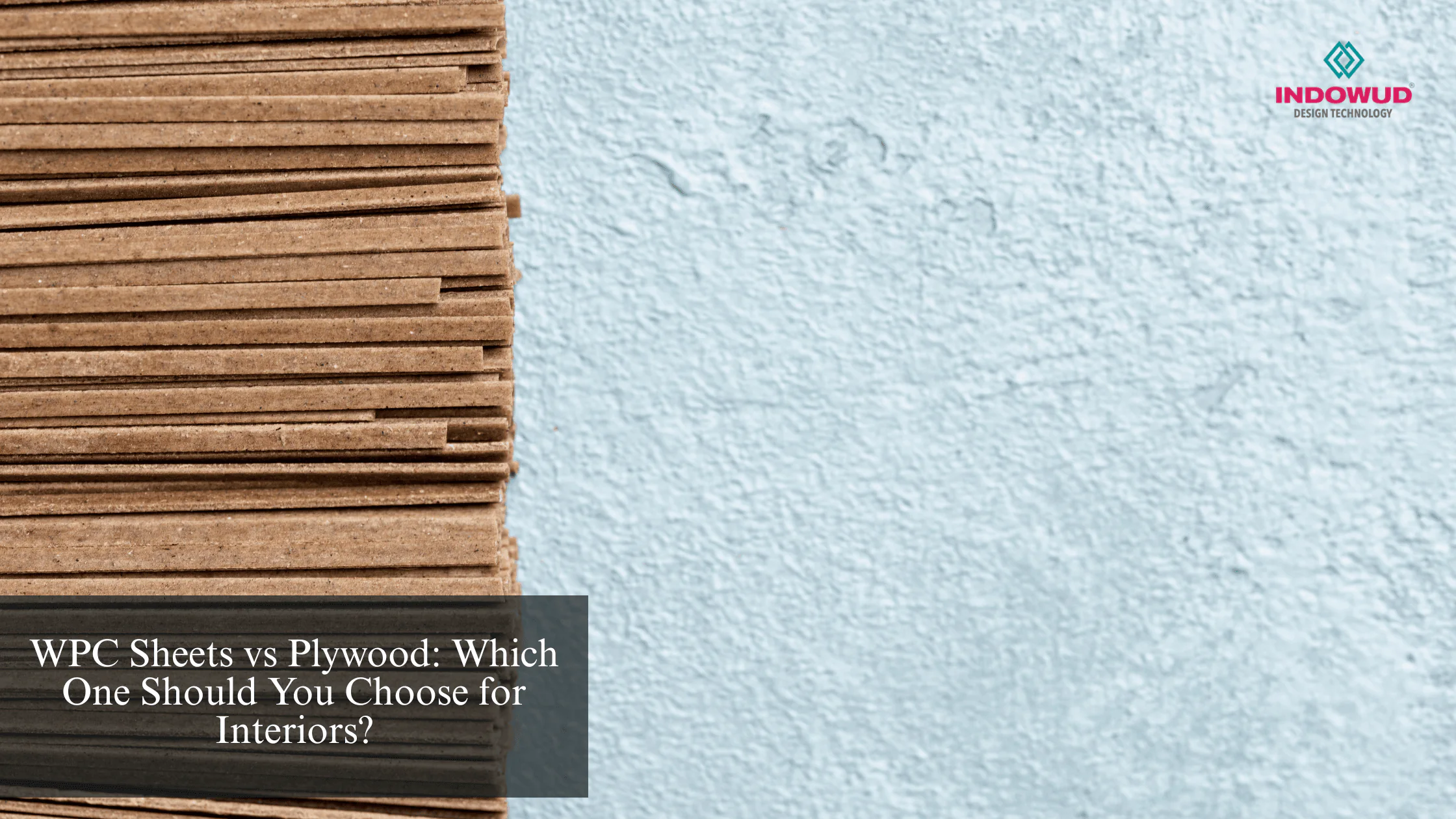
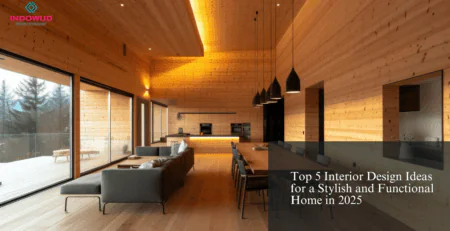

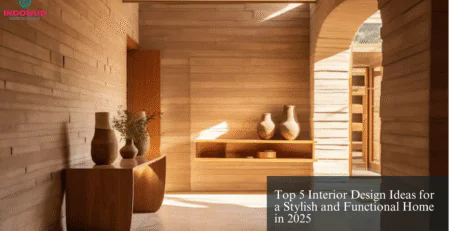
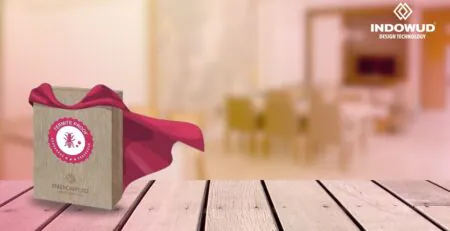

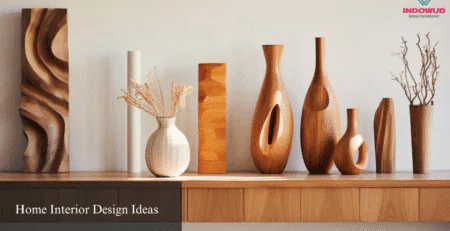
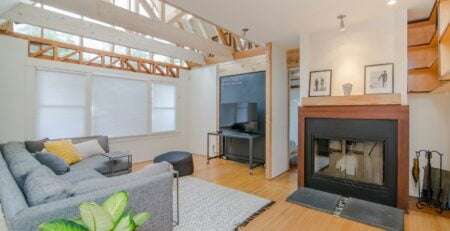
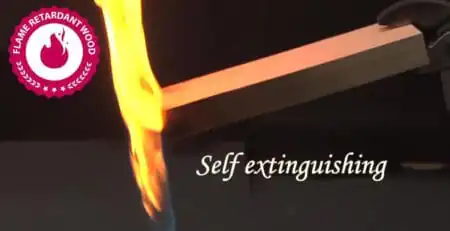
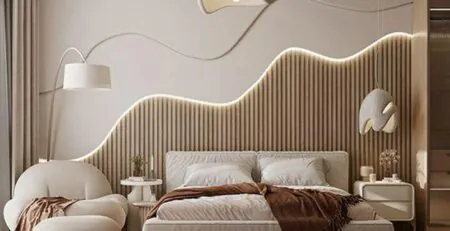
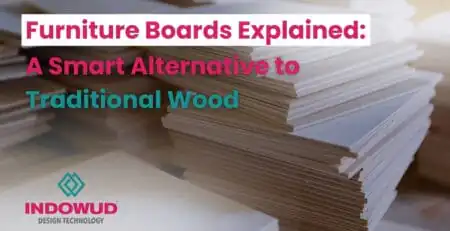
Leave a Reply